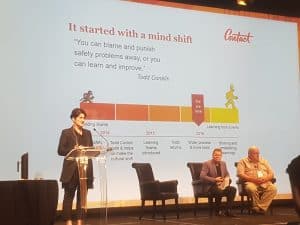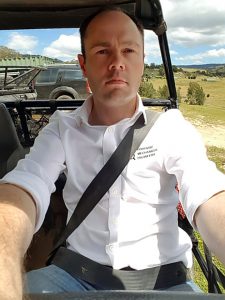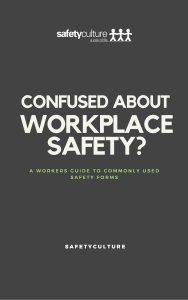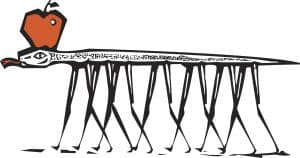 The SafeGuard conference in Auckland this week has provided some excellent occupational health and safety (OHS) insights but the standout, on Day 1, was the end of the day panel. Often these are dull and given to less than half the audience who have either had children to collect or choose to go to the casino next door.
The SafeGuard conference in Auckland this week has provided some excellent occupational health and safety (OHS) insights but the standout, on Day 1, was the end of the day panel. Often these are dull and given to less than half the audience who have either had children to collect or choose to go to the casino next door.
This panel comprised two representatives of Contact Energy,





